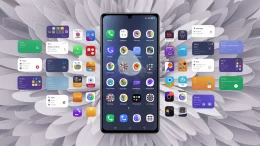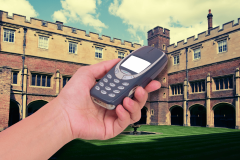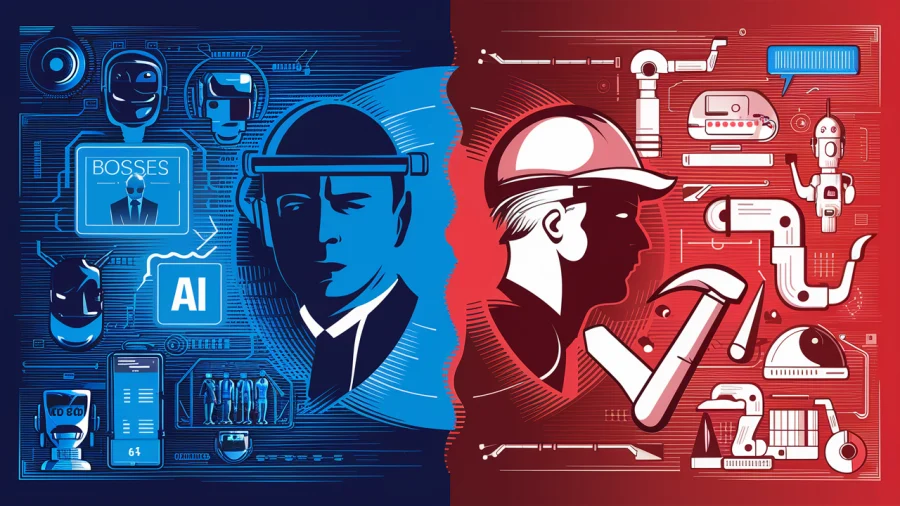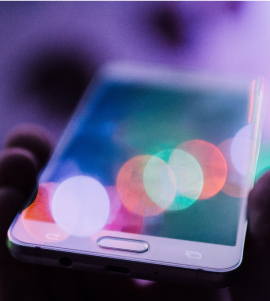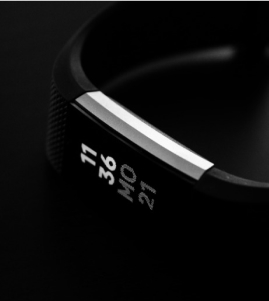Apple fans and the technology press have been wondering aloud for months about what new features will be included in the next iteration of the iPhone. As the iPhone 5’s rumored October launch gets closer, that speculation grows more feverish, as details are leaked and rumors turn into facts.
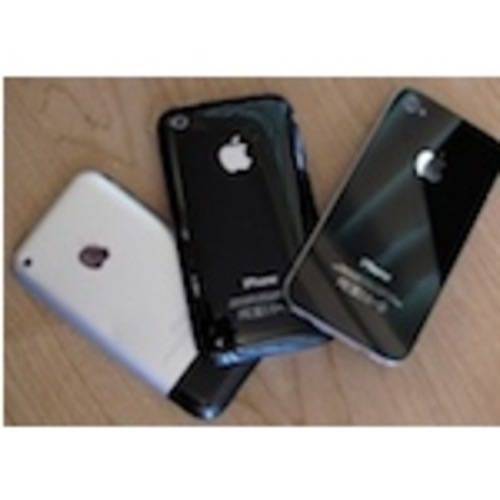
We’re reaching that point with the iPhone 5 (or is it iPhone 4s? Or both?), which is widely expected to launch within a matter of weeks. With a barrage of new rumors and purported leaks everyday, it’s hard to know for sure what’s true. A few things are practically guaranteed: the phone will be faster with upgraded tech specs. It will probably have a better camera than the iPhone 4. One thing that’s always been unclear is whether the device will support NFC.
NFC, or near field communications, is the technology that’s supposed to power our mobile wallets in the future, according to just about every technology expert and analyst. It does a whole lot more, such as unlock doors and allow people to quickly and wirelessly transmit data to one another.
The iPhone 5 is likely to include a chip from Qualcomm that includes NFC functionality, according to the New York Times. And if it doesn’t, the subsequent generation of the handset is all but guaranteed to have it.
For Apple, it’s not so much a race to satisfy consumers, among whom demand for wireless payments is not in particularly high. Rather, it’s a matter of staying ahead of its competitors, who are already building the technology into handsets. The Nexus S is only one of a few Android-powered devices that support NFC, which is a higher priority for Google because its own ambitions in the mobile payments space. The three latest models of the Blackberry Curve also include NFC chips, as do Samsung’s newest Bada-based handsets, among others.
There’s no doubt that Apple is working on NFC, it’s just a matter of when iPhone users will get to use it. When they do, it may provide that hefty push mobile payments and NFC need to begin to achieve mainstream adoption.
